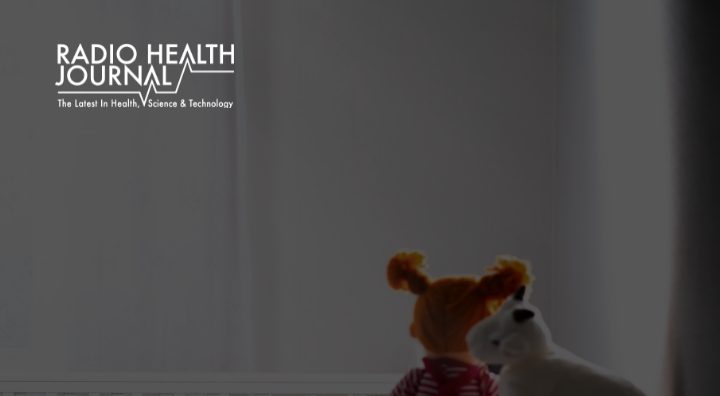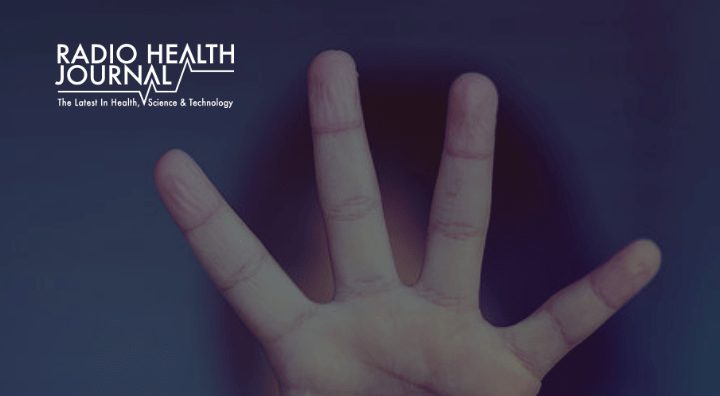During the Halloween season, many people seek out frightening experiences. This controlled fear has a psychological and developmental purpose, as an expert explains.
Guest Information:
- Margee Kerr, Professor of Sociology, University of Pittsburgh and author, Scream: Chilling Adventures and the Science of Fear
Links for more info:
- margeekerr.com
- ‘Why is it fun to be frightened?’ – Article by Kerr
16-43 The Benefits of Fear
Nancy Benson: Halloween is just about here, and for many people, it’s their favorite time of year. For them, nothing could be more fun than walking through a haunted house – and the scarier the better. But for others? No thank you! But why is that? Why do some people love to be frightened, while others shy away from things like horror movies and haunted houses?
Margee Kerr: Researchers have identified differences between individuals in how their physiological response is either very intense or perhaps not as intense. And so we call some folks more stress sensitive, they have a low threshold for tolerating any kind of stress and that points to changes in their physiology. But it can also be, and it is likely an interaction of environment and physiology. So how you were raised and how you dealt with fear as a child is going to influence how you deal with it as an adult. And for some it’s a source of fun, but for others just that feeling is not enjoyable.
Benson: That’s Margee Kerr, sociology professor and researcher at the University of Pittsburgh and author of Scream: Chilling Adventures and the Science of Fear. She says having fun with fear is all about being in control of the situation.
Kerr: Being able to preserve your own agency in a situation is the difference between fun and true fear that is dramatic and traumatic. When you want to have fun with fear you’re really just activating that high arousal threat response, but in a safe environment. So, roller coasters, haunted houses, scary movies, we’re choosing to engage with them, so we’re continuing to be in control of the situation and we know that we’re not really going to be hurt. Excitement and fear at a physiological level look very similar. It’s the same chemical responses in the endorphins, the dopamines, serotonin, all of these things are flowing in these high arousal states and when we know we’re safe we can enjoy them.
Benson: In fact, Kerr says that experiencing fear in a controlled environment can actually help build self-confidence.
Kerr: Any kind of challenge you set up for yourself you’re going to grow from and you can do this with scary things too. For example, if you’re trying to build a greater sense of confidence and resilience, you can push yourself to go skydiving, to even sit through a scary movie and especially in the animal models, and this is where we really need to measure it in human studies, when we do these scary things in a safe environment what we learn is that resilience carries forward to future stressful situations. So you can almost use them practice, as skill training to deal with real life stress.
Benson: That means something in terms of raising kids. Helicopter parents take note.
Kerr: Kids need to have these opportunities to be scared, to be hurt in safe places. For example, playgrounds, but also the rough and tumble play. They need these experiences to develop a greater sense of resilience and distress tolerance so that when they face the real threat they are prepared, they say okay I know what this feels like, I know what my body is doing, I know that it’s just going to feel like this for a little bit and then I’ll be okay again. So that I think is the biggest kind of message and lesson in all of this. And then additionally just looking at the enjoyment of fear from a strictly physiological level, it really can be a great natural high. If you think back to when we were kids and would roll down a hill or just twirl around in circles, when we get our body activated it can feel really good.
Benson: Kerr says that engaging with scary material is also a way to process emotions around situations that actually are threatening.
Kerr: In today’s world in the U.S. at least we are seeing all these scary things happening, but they are far away from us. For many people, and it depends on where you live, but the threats that we hear about like terrorism or the environment and all these things are not within our tangible kind of physical grasp and we’re also not directly on a daily basis effected by them, and yet we carry this stress because that’s what we’ve evolved to pay attention to. So when we see the news and we see bombings and war we’re thinking, “Oh my gosh, you know, this is really scary.” But then we have to go and live our everyday lives. There’s no feeling of being an active agent in this.
Benson: That’s where things like haunted houses come in. Researchers believe that people seek out scary experiences in a controlled environment to give themselves a sense of control over those threatening situations.
Kerr: So it’s almost like we want to have that gratifying moment of survival. You know, if you look at haunted house attendance it really peaks during times of war and there is this idea that it’s perhaps because we’re looking for that hero moment.
Benson: Kerr points to the years following 9/11 as an example.
Kerr: That moment was so close to home. That was the biggest body count that the U.S. had seen on its soil. The years after that that’s when we started seeing a lot of the real aggressive, what they call the torture porn films coming out. And the idea that after 9/11 there was then this switch towards, oh gosh, we’re afraid, and we saw movies like Hostel and the Saw franchise and all these things coming out where it was really extremely gory. But there was that pause, I guess, directly following 9/11. It is interesting to see how what’s happening in our political environment influences the engagement with it.
Benson: But movies like Saw aren’t for everyone. Kerr says it’s important to know what kind of fear you enjoy.
Kerr: I’m very very picky when it come to horror movies because I remember images really really strongly and I don’t want to have nightmares, so for me I know that I like comedy horrors, that’s my tolerance level for horror movies, but for other people they maybe just like the psychological thrillers. But I always tell people figure out where your threshold is and it’s okay if you don’t like a specific content theme and you don’t have to force yourself to do it. But there’s so many different types of horror movies and scary movies that you can find the right balance.
Benson: But just how real are some of the things many people fear most? For example, does Kerr believe in ghosts?
Kerr: I have never had a paranormal experience. I would love to, but I haven’t. So in true scientific fashion I am waiting for the evidence. So, have a great Halloween season and go out and do something that you’ve never done before and have a good time with it.
Benson: You can learn more about our guest Margee Kerr and her book Scream: Chilling Adventures and the Science of Fear by visiting our website at radiohealthjournal.org.
Our writer/producer this week is Polly Hansen. Our production director is Sean Waldron. I’m Nancy Benson.
Sign up to receive email updates
Enter your name and email address below and I’ll send you periodic updates about the podcast.











Leave a Reply